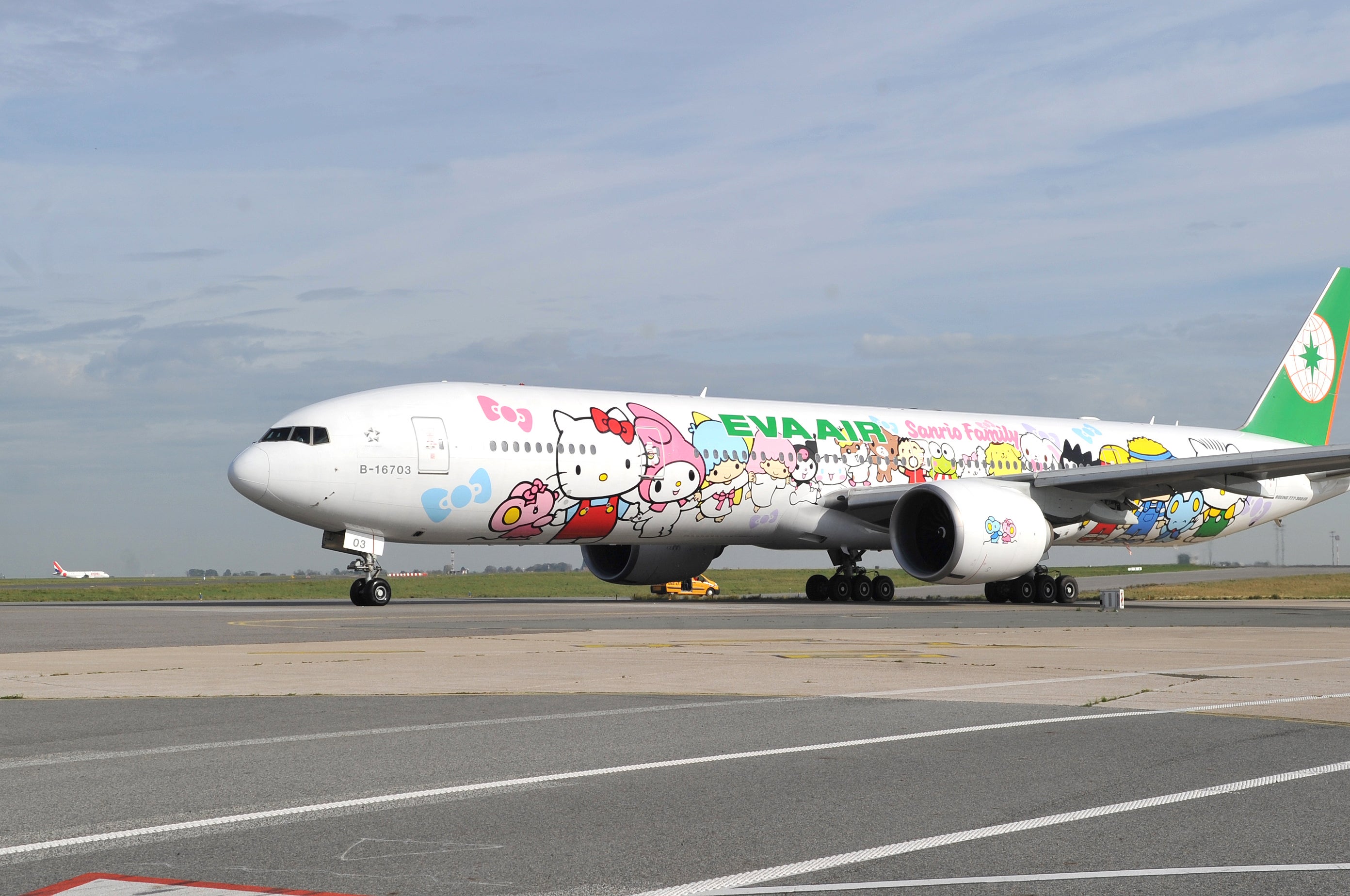20 Pledges for 2020: Why flights to nowhere make a mockery of the climate crisis
While most of us stay grounded, others needlessly take off, says Helen Coffey


Your support helps us to tell the story
From reproductive rights to climate change to Big Tech, The Independent is on the ground when the story is developing. Whether it's investigating the financials of Elon Musk's pro-Trump PAC or producing our latest documentary, 'The A Word', which shines a light on the American women fighting for reproductive rights, we know how important it is to parse out the facts from the messaging.
At such a critical moment in US history, we need reporters on the ground. Your donation allows us to keep sending journalists to speak to both sides of the story.
The Independent is trusted by Americans across the entire political spectrum. And unlike many other quality news outlets, we choose not to lock Americans out of our reporting and analysis with paywalls. We believe quality journalism should be available to everyone, paid for by those who can afford it.
Your support makes all the difference.Encouraging people to fly less or go flight-free was always going to be a tough sell. But not, perhaps, for the reasons I first thought.
I thought it would be difficult because air travel is usually the quickest and cheapest form of transport, and ours is a world in which global travel has been universally embraced.
I did not think it would be because people inherently love piling into a metal box for hours at a stretch for no reason. I’ve always considered the whole “being on the aircraft” bit, not to mention the tedious check-in and security processes, as something to be endured rather than enjoyed. Getting loaded into a confined space with hundreds of strangers – even before coronavirus made the prospect far less appetising – is the price we pay in order to be transported swiftly to another far-flung destination, surely?
It would seem not.
Since the pandemic led to widespread travel restrictions, some airlines have come up with “innovative” ways to keep planes from languishing on the tarmac – and passengers have eaten them up.
It started with a “fantasy flight” back in July organised by Taiwan’s Civil Aviation Administration, which invited residents to enter a draw to win tickets. This saintly service gets the all-clear – the engines never started, the plane never took off. Rather, the “lucky” 66 winners had the privilege of going through check-in, security and immigration before boarding the aircraft and participating in a pop quiz. Socially distanced “passengers” were also served food and drink, before being given a good luck salute from fire engines spraying water.
Strange a concept as it may be, the competition garnered 10,000 entries – that’s how much people apparently miss getting on a plane.
And, although this particular flight to nowhere didn’t leave the ground, it may have sown the seeds for other carriers’ less harmless ideas.
First off was Taiwan’s EVA Air, which used one of its planes emblazoned with Hello Kitty livery for a special Fathers’ Day flight in August. It took off from Taiwan Taoyuan International Airport at 10.30am, flew a route across northeastern Taiwan towards the Ryukyu Islands in Japan, and returned to land less than three hours later.
It’s hard not to conclude that the coming climate catastrophe is inevitable and that we might as well start setting fire to things at random for fun
Next up, a Tigerair Taiwan flight from Taipei to Taipei, via a circle over South Korea’s Jeju Island, sold out in just four minutes. Japan’s All Nippon Airways (ANA) flew an Airbus A380 jumbo jet, normally used for services to Honolulu, on a 90-minute Hawaiian-themed flight “experience”. And major carriers Air India and Singapore Airlines have both declared they are planning to launch their own completely-pointless-but-revenue-generating no-stop flights too.
It’s not just Asian airlines either – Qantas raised eyebrows in September by announcing that its own “flight to nowhere” around Australia was one of its fastest-ever selling offerings, with all tickets snapped up in under 10 minutes.
Well, I suppose “nowhere” is something of an exaggeration – the seven-hour scenic service from Sydney will allow passengers to enjoy views over Uluru, the Great Barrier Reef and other landmarks (provided they have a window seat which, of course, costs a whole lot extra).
These flights aren’t cheap either, with Qantas selling 134 seats on the Boeing 787 aircraft for between $575 (£445) and $2,765 (£2,145) a piece. Imagine paying over two grand to wind up exactly where you started. Help me understand it, please.
I don’t want to sound like a killjoy. It’s just that, if we’re so wedded to pumping emissions into the atmosphere that we’ll needlessly endure several hours of mild discomfort on board a vessel that, not to put too fine a point on it, doesn’t actually take us anywhere, it’s hard not to conclude that the coming climate catastrophe is inevitable and that we might as well start setting fire to things at random for fun. Either that or scream long and hard into a pillow.
I’m not sure we can even blame the airlines; they’re simply businesses doing what businesses do best, finding any possible avenue to milk a little extra money while times are tough. But they wouldn’t be doing it if there wasn’t demand. No, this is one where I think we can safely lay the blame at the door of those consumers who are inexplicably willing to part with hard cash for the world’s most unenjoyable joy-ride.
So, if you were ever considering boarding a flight to nowhere, I beseech you: please don’t. There are other ways to achieve a few hours of mild discomfort – forcing yourself to watch all of Boris’s Covid speeches back-to-back while stone-cold sober, for instance – and they don’t cost £2,000.


Join our commenting forum
Join thought-provoking conversations, follow other Independent readers and see their replies
Comments